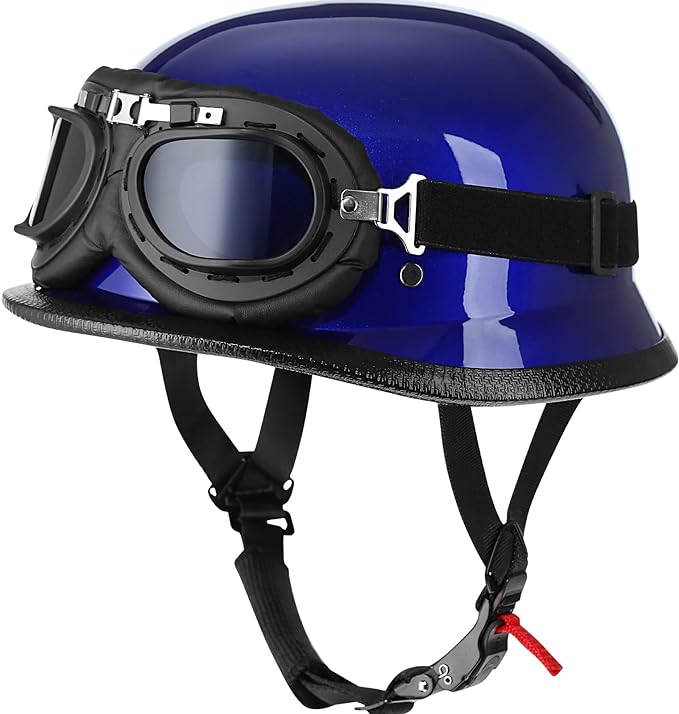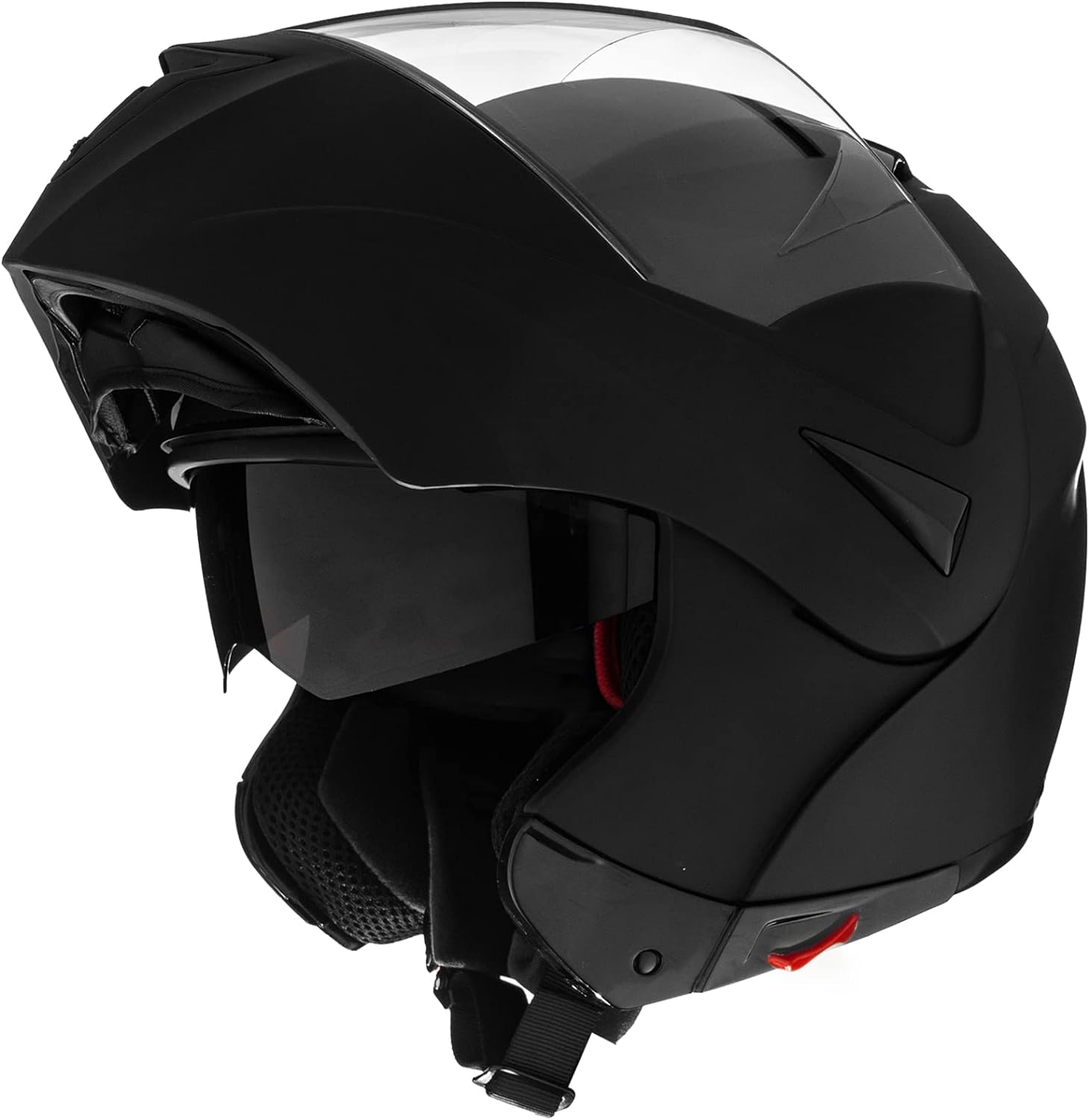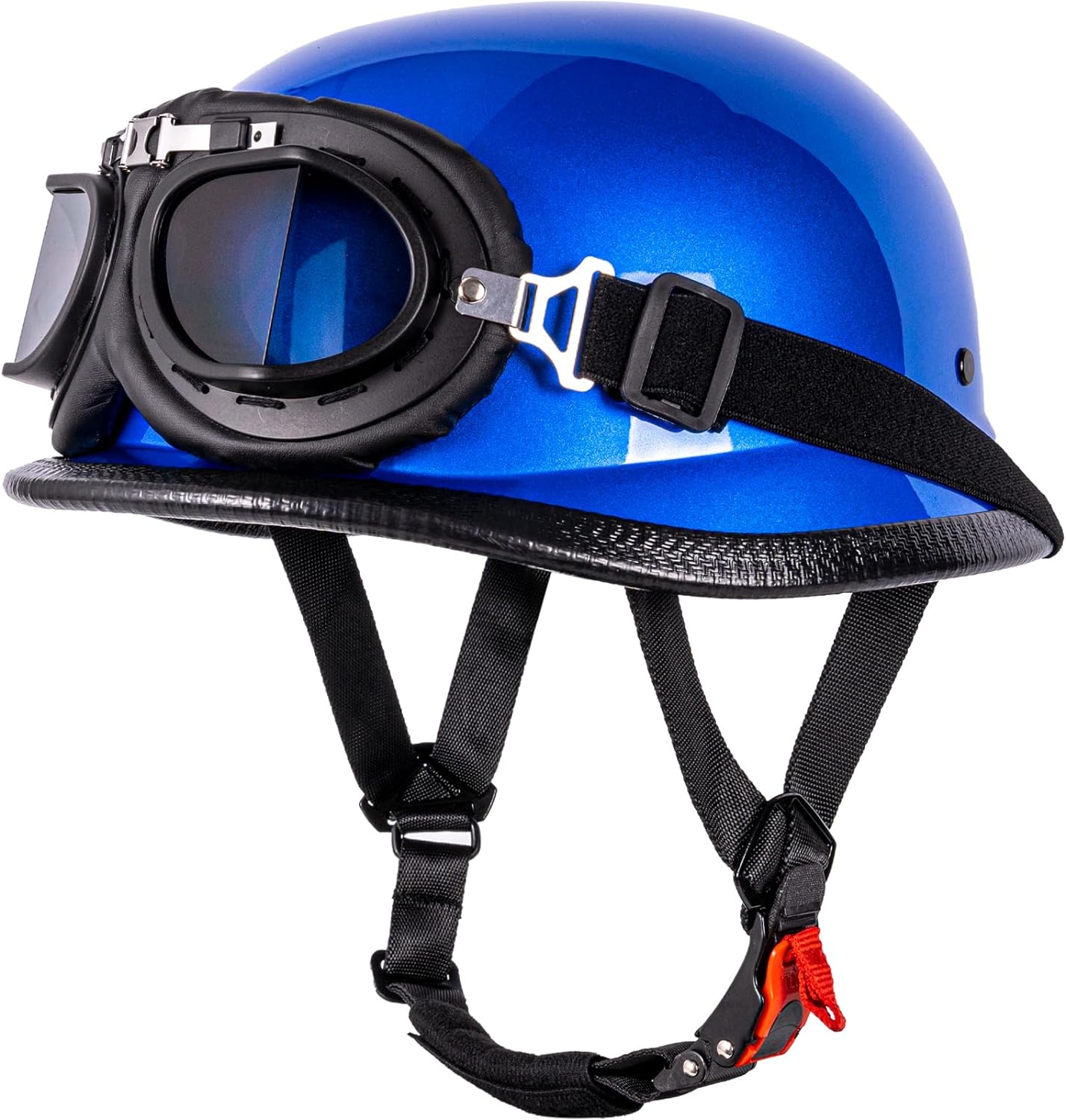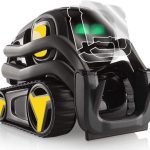Motorcycle helmets play a crucial role in ensuring the safety of riders on the road. In this article, we will explore the importance of motorcycle helmets, discuss the various types and features available, analyze the impact of helmet usage on reducing head injuries, delve into the importance of helmet fit and certification, examine the significance of helmet design and technology advancements, and highlight the promotion of helmet safety awareness and regulations.
I. The Importance of Motorcycle Helmets:
1.1 Safeguarding the Head from Injuries
Motorcycle helmets are designed to protect the rider’s head from potential injuries that may result from accidents or collisions. They act as a barrier that absorbs and distributes the force of impact, reducing the risk of head trauma, skull fractures, or brain injuries. Wearing a helmet significantly increases the likelihood of surviving a motorcycle accident and minimizing the severity of head injuries.

1.2 Compliance with Safety Regulations
Motorcycle helmets are required by law in many countries and regions as a safety measure for riders. These regulations aim to ensure the protection of riders and minimize the risks associated with motorcycle accidents. Compliance with safety regulations not only promotes individual safety but also contributes to public safety by reducing the social and economic burden of accidents.
II. Types and Features of Motorcycle Helmets:
2.1 Full-Face Helmets for Comprehensive Protection
Full-face helmets provide the most comprehensive protection as they cover the entire head, including the face. They feature a sturdy outer shell, a comfortable interior lining, and a clear visor or face shield that protects the rider’s eyes from wind, debris, and potential facial injuries. The design of full-face helmets ensures maximum coverage and protection in all directions.
2.2 Modular Helmets for Versatility and Convenience
Modular helmets, also known as flip-up helmets, offer a combination of a full-face and an open-face design. They feature a hinged chin bar that can be flipped up, allowing riders to enjoy the convenience of an open-face helmet when needed. This versatility is ideal for riders who may need to communicate, have a quick drink, or take a break without removing their entire helmet.

III. Impact of Helmet Usage on Reducing Head Injuries:
3.1 Head Injury Prevention
Studies have consistently shown that wearing a motorcycle helmet significantly reduces the risk of head injuries in the event of an accident. Helmets are designed to absorb and disperse the energy from impacts, reducing the direct force transmitted to the head. The protective padding inside the helmet acts as a cushion and helps minimize the risk of skull fractures, brain trauma, and other severe head injuries.
3.2 Importance of Helmet Retention during Accidents
Properly fitted helmets also play a crucial role in preventing head injuries. The retention system, typically a chin strap, ensures that the helmet remains securely in place during an accident or collision. This prevents the helmet from sliding or getting displaced upon impact, providing continuous protection for the rider’s head and face.

IV. Importance of Helmet Fit and Certification:
4.1 Ensuring a Proper Fit
One of the most crucial aspects of helmet safety is ensuring a proper fit. A helmet that doesn’t fit properly can compromise its ability to protect the rider’s head in the event of an accident. A well-fitted helmet should snugly cover the entire head, including the forehead, temples, and the back of the head. It should have no excessive pressure points that cause discomfort and pain, nor should it be loose enough to move around freely.
When trying on a helmet, it is important to pay attention to specific areas to ensure a proper fit. The helmet should sit level on the head, with the front just above the eyebrows. The cheek pads should gently touch the cheeks without pressing too tightly. The chin strap should be securely fastened, allowing for no more than two fingers to fit between the strap and the chin.
Helmet manufacturers provide guidelines for measuring and selecting the correct helmet size. These guidelines often involve measuring the circumference of the head at its widest point and matching it to the corresponding helmet size. It is important to follow these guidelines and try on different helmet models and sizes to find the best fit for one’s head shape and size.
4.2 Certification Standards and Testing
Helmet certification ensures that helmets meet specific safety standards and requirements. Certifications such as the DOT (Department of Transportation) in the United States, ECE (Economic Commission for Europe), and SNELL (Snell Memorial Foundation) indicate that the helmet has passed rigorous impact testing and meets the safety criteria set by these organizations. When purchasing a helmet, it is important to look for valid certification labels to ensure that it meets the necessary safety standards.

V. Significance of Helmet Design and Technology Advancements:
5.1 Aerodynamics and Ventilation for Comfortable Riding
Helmet design plays a vital role in providing comfort during rides. Many modern helmets are designed with aerodynamics in mind, reducing wind resistance and noise while enhancing stability at high speeds. Additionally, ventilation systems allow for airflow, preventing discomfort and excessive heat buildup inside the helmet. These design elements contribute to an overall pleasant riding experience.
5.2 Technology Advancements for Enhanced Safety
Advancements in helmet technology have led to additional safety features. These include integrated Bluetooth communication systems, built-in GPS, and impact sensors that notify emergency contacts in the event of an accident. Anti-fog visors, quick-release mechanisms, and noise-cancelling technology are some other advancements that promote safety and convenience for riders.

VI. Helmet Safety Awareness and Regulations:
6.1 Promoting Helmet Safety Education
Continued efforts in promoting helmet safety education are crucial in raising awareness and encouraging responsible helmet usage. Public campaigns, rider training programs, and community initiatives help educate riders about the importance of wearing helmets, proper helmet fit, and helmet maintenance. By fostering a culture of helmet safety, the aim is to instill good habits and make helmet usage a norm among riders.
6.2 Implementation and Enforcement of Helmet Laws
The implementation and enforcement of helmet laws are essential in ensuring helmet usage among riders. Strict enforcement of these laws discourages non-compliance and raises the overall safety standards on the road. Collaboration between government authorities, law enforcement agencies, and motorcycle associations is vital to monitoring compliance and maintaining the effectiveness of helmet safety regulations.
In conclusion, motorcycle helmets play a crucial role in protecting riders’ heads and reducing the risk of head injuries. They offer comprehensive protection and compliance with safety regulations. Different types and features cater to various preferences and riding styles. Helmet usage has been proven to significantly reduce the occurrence and severity of head injuries. Proper fit, certification, and advancements in design and technology further enhance helmet safety. Promoting helmet safety awareness and enforcing helmet laws contribute to a safer riding environment for all motorcyclists. By prioritizing helmet usage, riders can ensure their heads are protected and stay safe on the road.


